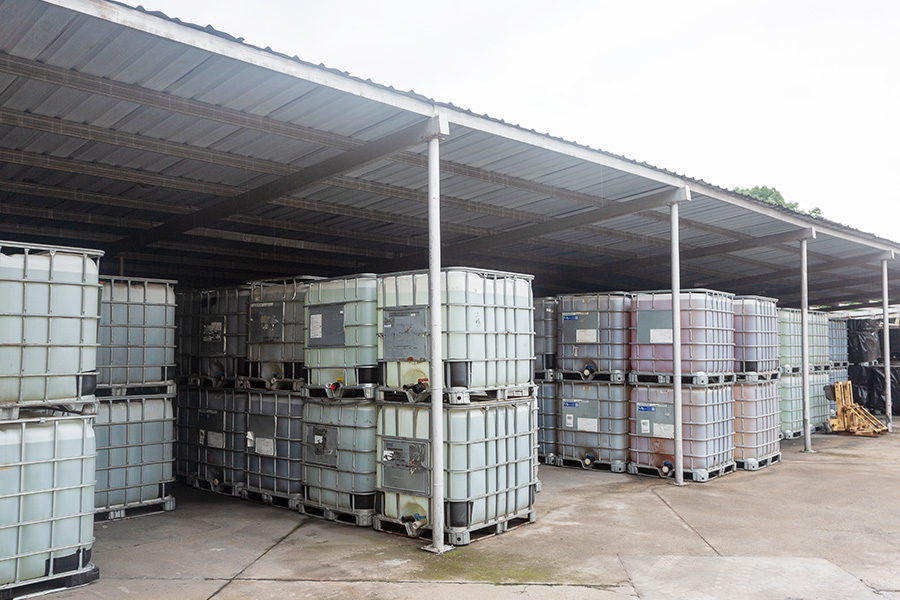Choosing the right dosing strategy for a Reverse Osmosis Membrane Special Non-Oxidizing Biocide isn’t just about following a label—it’s about understanding your system’s unique operating profile and fouling tendencies. Biofouling in RO systems doesn’t occur uniformly; it’s a result of microbial load, nutrient availability, membrane surface characteristics, and how efficiently pretreatment processes remove potential biological triggers. A smart dosing plan needs to account for these factors while balancing operational costs and membrane protection.
RO membrane systems vary widely in terms of recovery rate, flow rate, temperature, and membrane material. These variables directly impact the performance of biocides, especially those designed to work in non-oxidizing modes. A high-recovery system with limited crossflow velocity may allow faster accumulation of microbial colonies and biofilm. In such cases, using a Reverse Osmosis Membrane Special Non-Oxidizing Biocide at the lower end of the recommended dose range may prove insufficient. Conversely, overuse can contribute to unnecessary chemical consumption and downstream treatment burdens.
A well-designed dosing strategy begins with a microbial risk assessment, based on total viable counts (TVC), total organic carbon (TOC), and differential pressure trends across the membrane modules. If differential pressure shows gradual increases despite standard cleaning intervals, biofouling may be progressing silently. In this scenario, continuous dosing between 5 to 8 ppm may be more appropriate than intermittent dosing, especially in systems with high biological loading or irregular feedwater quality.
It’s important to test biocide demand not only during normal operations but also during periods of stress—seasonal temperature increases, changes in feedwater source, or downtime between operations can significantly change the dynamics of microbial growth. Using a non-oxidizing biocide that maintains stability and effectiveness across a wide pH and temperature range, like a Reverse Osmosis Membrane Special Non-Oxidizing Biocide, ensures consistent performance without risking membrane degradation.

Cleaning-in-place (CIP) routines can also benefit from this type of biocide. A 20% concentration soak, alternating with circulation, allows deeper penetration into bacterial slime and biofilm layers that conventional cleaners alone may not fully remove. This approach restores flux and extends membrane service life when integrated into quarterly or semiannual maintenance schedules. Systems operating in warm climates or with infrequent shutdowns particularly benefit from stronger cleaning protocols backed by biocide support.
Another factor often underestimated is membrane compatibility. Not all RO elements respond well to harsh chemicals. The non-oxidizing formulation is particularly attractive because it maintains a strong biocidal effect while being chemically compatible with a broad range of polyamide and cellulose acetate membranes. This minimizes the risk of irreversible membrane damage or voided manufacturer warranties—an essential consideration for anyone managing capital-intensive water treatment equipment.
To maximize long-term performance and reduce biofouling-related cleaning frequency, some operators implement pulsed dosing strategies. This means slightly higher concentrations administered in short intervals, which prevents bacteria from adapting to low-level biocide exposure. A high-quality Reverse Osmosis Membrane Special Non-Oxidizing Biocide makes this possible without introducing residual toxicity or reacting with trace metals in feedwater, which can be a risk with oxidative chemicals.
Choosing a dependable and professionally formulated biocide not only protects your membrane but also streamlines system operation. Our biocide line has been developed to work in real-world conditions—where water quality is inconsistent, fouling pressures fluctuate, and long-term performance matters. If you’re looking to stabilize your system’s microbial control and extend membrane life without introducing risk, this product is a smart and scalable investment.
 En
En
 عربى
عربى 中文简体
中文简体

